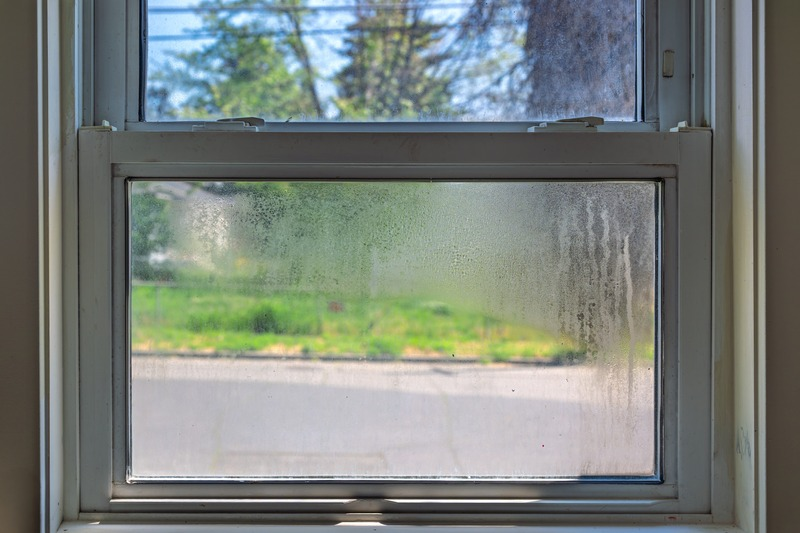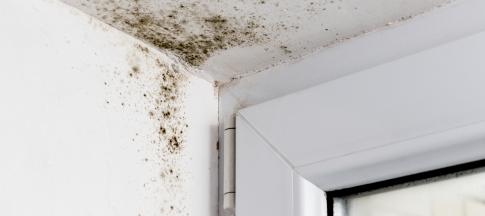
A ‘lived in’ house will eventually show signs of wear and tear, but what does this actually mean?
Here’s all you need to know about wear and tear, what you’re covered for on your home insurance and what you can do to minimise it.
What is classed as wear and tear?
Wear and tear is natural damage to your home and belongings that happens gradually over time.
It can happen because of:
- everyday use
- natural deterioration that gradually happens over time
This could be things like faded paintwork on the walls or worn carpets.
Does home insurance cover wear and tear?
Your home insurance doesn’t generally cover wear and tear, whether you have a combined policy, buildings insurance or contents insurance.
That’s because it’s expected that everything in your home will slowly show signs of wear and tear because of age and general living.
It’s important to read your policy book to make sure you know what you’re covered for if you do need to make a claim
Wear and tear examples
Here are some examples of what wear and tear could look like in your home.
Buildings wear and tear
Examples of buildings wear and tear includes:
- roof damage, like leaks caused by a lack of maintenance
- dampness
- mould cracks in window frames
- rotting or damaged fences or gates
- cracked floor or wall tiles
- faded paint or wallpaper
Contents wear and tear
Inside your home, wear and tear might look like:
- faded and worn furniture, such as sofas
- breakdown of appliances because of age (oven, washing machine, TV, etc.)
What if I need to claim for an item that’s showing signs of wear and tear?
We cover you for 'new for old'. This means if you have a legitimate claim, but the item shows signs of wear and tear, we might be able to replace it with a new one or give you the money to replace it.
There’s also limits in place, so it depends on the item and if it’s been declared on your policy. Check your policy book to see what you can and can’t claim for.
However, the item must have been damaged during an accident or event that you can claim for.
How do I avoid wear and tear?
While there’s no way of avoiding wear and tear to your home, there are some things you can do to minimise it:
- Regularly clean and maintain your home and furniture to prevent damage.
- Repair any damage to items before they become a bigger problem.
- Clear your gutters to stop them from being blocked.
- Ventilate your home, making sure you open the windows to let fresh air in to prevent build-up of mould.
- Check your plumbing and heating system for faults, including servicing your boiler annually.
It’s important to keep on top of looking after your home, so you can minimise wear and tear and prevent any damage to your home and belongings.
You can find helpful advice and guides on looking after your home in our home resource hub.


